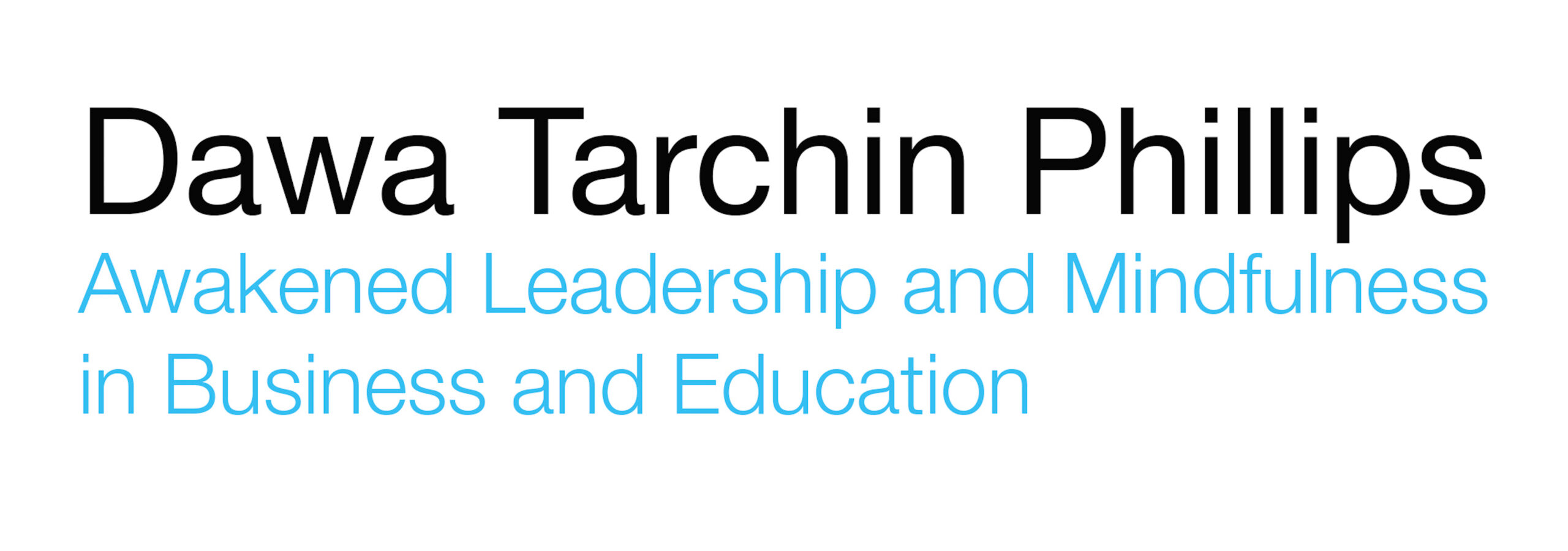Research
My youth was dedicated to finding answers to some of my most pressing questions. Who am I? Where did I come from? Where am I going? Finding answers to these questions required I suspend my assumptions and pre-exisiting beliefs to follow a path of passionate inquiry and research, I am a warrior and researcher at heart, life is my laboratory. Today’s science is breaking new ground almost daily and these are exiting times for those who do not fear facts and are open to listen to the stories that the data can tell. Especially brain research and cognitive neuroscience is allowing humanity to gain ever greater insight into the drivers and mechanisms of human potential and meaningful destiny. Here you will find links and resources that have been selected for their scientific value and rigor, and their contribution to the field.
Research Links
Alterations in brain and immune function produced by mindfulness meditation. Psychosomatic Medicine
http://www.psychosomaticmedicine.org/content/65/4/564.full.pdf+html
Regulation of the neural circuitry of emotion by compassion meditation: Effects of meditative expertise.
http://www.plosone.org/article/info%3Adoi%2F10.1371%2Fjournal.pone.0001897
Does mindfulness training improve cognitive abilities? A systematic review of neuropsychological findings
http://www.sciencedirect.com/science/article/pii/S027273581000173X
Research on Buddhism and Science
Buddhism and science: General
Suggested Reading:
Dalai Lama (2006). The universe in a single atom: The convergence of science and spirituality. Broadway.
Kirthisinghe, B. P. (1993).
Buddhism and science. South Asia Books.Nauriyal, D.K, Drummond, M. S., & Lal, Y. B. (Eds.) (2006).
Buddhist thought and applied psychological research: Transcending the boundaries. Routledge.
http://www.misterdanger.net/books/Buddhism%20Books/Buddhist%20thought%20%26%20applied%20psychological%20research.pdf
Ricard, M., & Trinh, X. T. (2004). The quantum and the lotus: A journey to the frontiers where science and Buddhism meet. Boston MA: Three Rivers Press.Wallace, B. A. (Ed.) (2003).
Buddhism & science: Breaking new ground. Columbia University Press.Wallace, B. A. (2007). Contemplative science: Where Buddhism and neuroscience converge. Columbia University Press.
General overview of research on effects of meditation
Research on meditation
http://en.wikipedia.org/wiki/Research_on_meditation
Awasthi, B. (2013). Issues and perspectives in meditation research: in search for a definition. Frontiers in Psychology. January 10, 2013.
http://www.frontiersin.org/consciousness_research/10.3389/fpsyg.2012.00613/abstract?utm_source=newsletter&utm_medium=email&utm_campaign=Psychology-w3-2013
Benefits of meditation for psychological well-being
Germer, C. K., Siegel, R. D., & Fulton, P. R. (Eds.). (2005).
Mindfulness and psychotherapy. Guilford Press.
Wallace, B. A., & Shapiro, S. L. (2006).
Mental balance and well-being: Building bridges between Buddhism and Western psychology. American Psychologist; American Psychologist, 61, 690.
http://www.robinbillingsphd.com/Mental%20Balance%20and%20Well%20Being.pdf
Effects of meditation on health Baer, R.A. (2003).
Mindfulness training as a clinical intervention: A conceptual and empirical review. Clinical Psychology: Science and Practice, 10, 125–143. Bishop, S. R. (2002).
What do we really know about mindfulness-based stress reduction? Psychosomatic Medicine, 64, 71–84. Grossman, P., Niemann, L., Schmidt, S., & Walach, H. (2004).
Mindfulness-based stress reduction and health benefits: A meta-analysis. Journal of psychosomatic research, 57, 35-44. Hölzel, B. K., Carmody, J., Vangel, M., Congleton, C., Yerramsetti, S. M., Gard, T., & Lazar, S. W. (2011).
Mindfulness practice leads to increases in regional brain gray matter density. Psychiatry Research: Neuroimaging, 191, 36-43. Jacobs, T. L., Epel, E. S., Lin, J., Blackburn, E. H., Wolkowitz, O. M., Bridwell, D. A., … & Saron, C. D. (2011).
Intensive meditation training, immune cell telomerase activity, and psychological mediators. Psychoneuroendocrinology, 36, 664-681. Kabat‐Zinn, J. (2003).
Mindfulness‐based interventions in context: Past, present, and future. Clinical psychology: Science and practice, 10, 144-156.Kabat-Zinn, J., Lipworth, L., Burney, R., & Sellers, W. (1987).
Four-year follow-up of a meditation-based program for the self-regulation of chronic pain: Treatment outcomes and compliance. Clinical Journal of Pain, 2, 159-173. Lazar, S. W., Kerr, C. E., Wasserman, R. H., Gray, J. R., Greve, D. N., Treadway, M. T., et al. (2005).
Meditation experience is associated with increased cortical thickness. Neuroreport, 16, 1893-1896.
http://www.ncbi.nlm.nih.gov/pmc/articles/pmc1361002/
Effects of meditation on brain structure
Hölzel, B. K., Carmody, J., Vangel, M., Congleton, C., Yerramsetti, S. M., Gard, T., & Lazar, S. W. (2011).
Mindfulness practice leads to increases in regional brain gray matter density. Psychiatry
Research: Neuroimaging, 191, 36-43. Lazar, S. W., Kerr, C. E., Wasserman, R. H., Gray, J. R., Greve, D. N., Treadway, M. T., et al. (2005).
Meditation experience is associated with increased cortical thickness. Neuroreport, 16, 1893-1896.
http://www.ncbi.nlm.nih.gov/pmc/articles/pmc1361002/
Effects of meditation on brain activity
Cahn, B. R., & Polich, J. (2006). Meditation states and traits: EEG, ERP, and neuroimaging studies. Psychological Bulletin, 132, 180-211. Lutz, A., Greischar, L. L., Rawlings, N. B., Ricard, M., & Davidson, R. J. (2004).
Long-term meditators self-induce high-amplitude gamma synchrony during mental practice. Proceedings of the National Academy of Sciences of the United States of America, 101, 16369-16373.
Effects of meditation on attention
Lutz, A., Slagter, H. A., Dunne, J. D., & Davidson, R. J. (2008). Attention regulation and monitoring in meditation. Trends in cognitive sciences, 12, 163.
http://www.ncbi.nlm.nih.gov/pmc/articles/PMC2693206/
MacLean, K. A., Ferrer, E., Aichele, S. R., Bridwell, D. A., Zanesco, A. P., Jacobs, T. L., … & Saron, C. D. (2010).
Intensive meditation training improves perceptual discrimination and sustained attention.
Psychological Science ,21, 829-839.
Meditation and effects on perception, cognition, and memory
Kozhevnikov, M., Louchakova, O., Josipovic, Z., & Motes, M. A. (2009).
The enhancement of visuospatial processing efficiency through Buddhist deity meditation. Psychological science, 20, 645-653.
Zeidan, F., Johnson, S. K., Diamond, B. J., David, Z., & Goolkasian, P. (2010).
Mindfulness meditation improves cognition: Evidence of brief mental training.Consciousness and cognition, 19(2), 597-605.
Hodgins, H. S., & Adair, K. C. (2010). Attentional processes and meditation. Consciousness and cognition, 19, 872-878.
Chiesa, A., Calati, R., & Serretti, A. (2011). Does mindfulness training improve cognitive abilities? A systematic review of neuropsychological findings. Clinical psychology review, 31(3), 449-464.
Zeidan, F., Martucci, K. T., Kraft, R. A., Gordon, N. S., McHaffie, J. G., & Coghill, R. C. (2011).
Brain mechanisms supporting the modulation of pain by mindfulness meditation. The Journal of Neuroscience, 31, 5540-5548.

